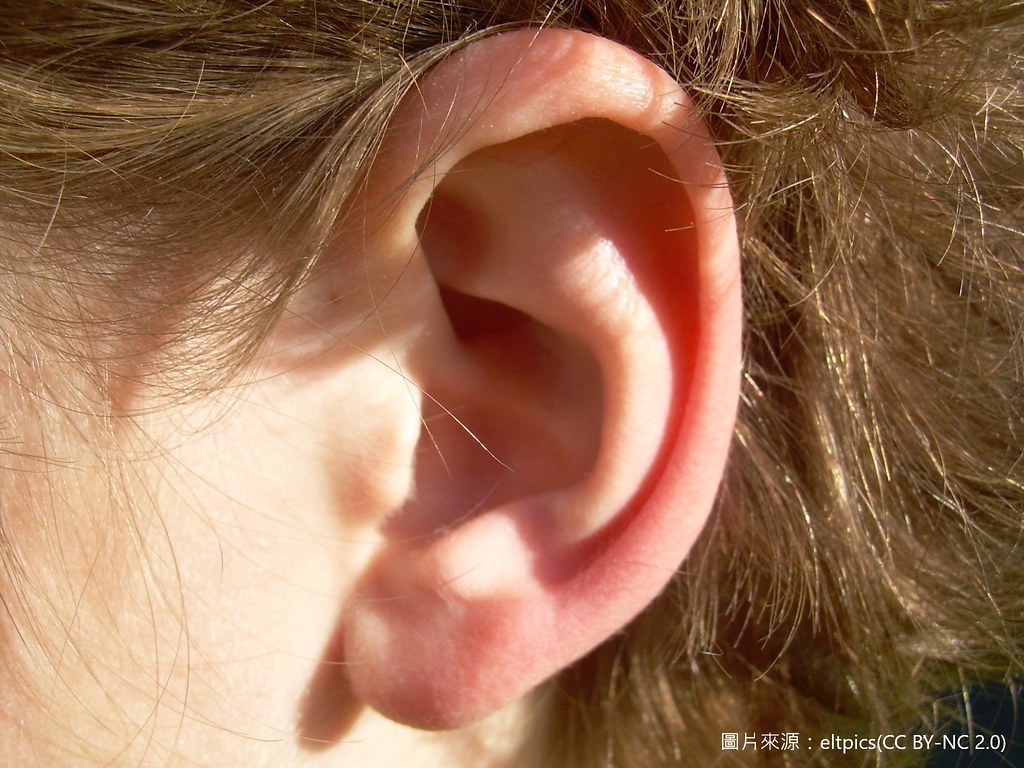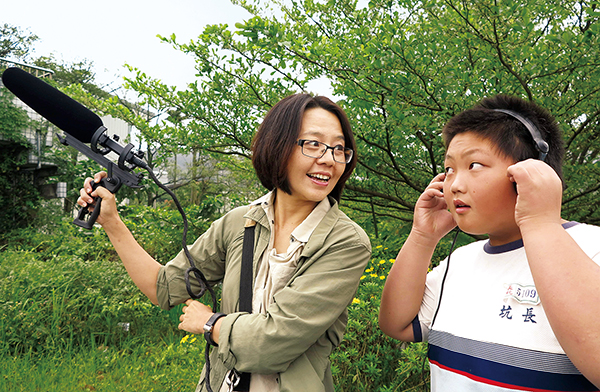https://www.yogajournal.com/practice/easy-pose-2
The Pose of Happiness + Ease: Sukhasana

Think like a kid and take a seat. Find out how Sukhasana, aka the Pose of Happiness, encourages a natural sense of ease. Just try it.
Think back to a time when you felt blissfully happy from head to toe. How would you describe the sensations that rippled through you? My bet is that during this period, you had a sense of being utterly grounded and at ease in the present moment. You probably also felt buoyant, uplifted, and awake to the vast possibilities of life around you.
Ideally, yoga practice cultivates these dual qualities of steadiness and vitality, of both comfort in the here and now and openness to the transformation that lies ahead. The classic seated posture Sukhasana(Easy Pose, alternately referred to as Pose of Happiness) is a great starting place.
It’s not uncommon for children to naturally find their way into Sukhasana when they’re playing or happy or relaxed. As children, we learn that it is a position of great ease and one that can encourage quiet concentration. Remember when your teacher would gather you and your classmates around to sit cross-legged when she wanted you to pay attention and listen?
If Sukhasana came so easily to us as children, why do we need to spend time relearning it as adults? At some point in our schooling, we graduated from sitting on the floor to sitting in chairs, which can encourage a lifetime of unhealthy and uncomfortable alignment, including a rounded lower back, tight groin muscles, and a sunken chest. So, Easy Pose might not feel as easy on the hips and knees as it once did. But practicing Sukhasana regularly can release the hips and groins, strengthen core postural muscles, and even soothe frantic nerves.
Whether or not you choose to start a meditation practice, simply coming into the shape of Sukhasana offers an introduction to states of mind that are quiet and more meditative. When the body feels balanced and the spine is aligned properly, prana (vital energy) flows freely, we breathe more easily, and our mind comes to rest. Sukhasana helps us settle with comfort and acceptance in the present moment while opening up with enthusiasm toward life around us.
Sit With Care
To begin, fold a thick blanket or two into a firm and steady support about six inches high. Position yourself on the edge, with your sitting bones on the blanket and your legs outstretched in front of you on the floor. Fold the legs in toward your body, separating the knees, crossing the shins, and slipping each foot beneath the opposite knee.
Relax the feet so their outer edges rest comfortably on the floor and the inner arches settle just below the opposite shin. You’ll know you have the basic leg fold of Sukhasana when you look down and see a triangle—the two shins together form one side, and each thighbone creates another. Don’t confuse this position with that of other classic seated postures in which the ankles are tucked in close to the sitting bones. In Sukhasana, there should be a comfortable gap between the feet and the pelvis.
In the beginning, tight muscles and poor sitting habits may cause you to tuck your lower pelvis and rest your weight on your tailbone. This, in turn, causes the lower back to round, the heart to collapse, and the head to drop forward into a depressed, couch-potato slump. There’s nothing comfortable or uplifting about this position! So let’s build a steady, balanced foundation for the posture.
Use Props and Create a Fine Throne
Instead of sitting like a sad dog with its tail tucked between its legs, roll the pelvis forward and rest on the sitting bones. To do this, place your hands on the blanket on either side of you, press firmly downward to straighten the arms, and lift the pelvis off the blanket. Gently untuck the base of your tailbone and lower yourself back down. Release your arms to settle down onto your sitting bones. Don’t overarch your back and poke your ribs forward like an enthusiastic gymnast, but do make sure you’re not letting the chest sag and the lower back round.
Notice how as you tilt the pelvis forward, the natural curve in your lower back is emphasized, your back waistband is drawn gently inward and upward, and your belly grows spacious. To be clear about this action of the pelvis, you might like to alternate a few times between the two ways of sitting—the slumped, tired, tailbone—tucked version and the lively, uplifted one. Do you notice how such a simple shift in your body can change your mood and your state of mind?
If your experience is anything like mine, when you tuck your tailbone and collapse your spine, a sense of dullness and inertia washes over you and the world begins to look a little gray. By comparison, when you situate yourself firmly on your base so the spine can assume a more neutral posture, the mind clears, the clouds part, and the sky returns to blue. Sitting this way demands a little more energy and enthusiasm, but the rewards are well worth the effort.
Now return to the legs, the foundation of Sukhasana. Shift the weight toward your right side and use your hands to externally rotate the left thigh, turning the inside seam of the top of your leg upward, toward the sky. Opening the thighs in this way will help release reluctant hip muscles and should relieve any strain on the knees. Repeat this action on the second side.
If after you make this adjustment, your knees remain higher than the top rim of your pelvis, come out of the posture, increase the height of your blankets to create a more elevated throne for your hips, and sit in Sukhasana again. If this still doesn’t remedy the problem, sit in a chair instead. In the beginning, finding stability and steadiness while seated is more important than forming the classic shape, and you will feel happier if you’re wise enough to use all the props you need.
Also seeEverything You Need to Know About Meditation Posture
Refine and Release Into the Pose
Once you’ve found your firm foundation, invite the lower half of your body from the pelvis downward to release into the ground with a big sigh of relief. Let gravity pull both the pubic bone (at the front of the pelvis) and the tailbone (at the back) gently toward the earth. At the same time, relax the hips, knees, and ankles.
Being able to manage all of these actions may take some time, but with practice, the pose will foster a delightful sense of presence and comfort in the world. And the more profoundly you are able to settle downward, the more you will invite a paradoxical buoyancy to emerge from within. Imagine raindrops falling downward from the brain into the pelvis, and then summer vines spiraling upward through the spine toward the sun. It’s as if the rooting action through the base invites a lightness to rebound up through you, creating spaciousness and joy in the upper half of the body.
Continue to feel a sense of fullness in your heart as you broaden across the top of the chest. Spread the collarbones as if you were sporting a medallion on your breastbone that you wanted to shine brightly toward those around you. At the same time, let the upper arm bones be heavy to help release the shoulders downward.
Rest your hands comfortably on the thighs and relax your fingers. Keep the elbows in line with the shoulders so the upper arm bones remain perpendicular to the floor. If you’re looking to feel a little more earthiness in the pose, turn your palms to face downward. If you’re seeking brightness, try turning the palms upward instead.
If your spine is in healthy alignment, with your weight balanced on the front edge of your sitting bones and your breastbone rising up, it is likely that your head will be positioned directly over the shoulders instead of slipping lazily forward. If this isn’t the case for you, reassess the situation and adjust your position.
Relax the shoulders toward the hips and imagine a magnet in the crown of your head being pulled upward toward a magnet in the sky. As you do this, the back of the neck will lengthen and the head will be pulled in line with the spine. Keep the head in a neutral position as you look forward with quiet and receptive eyes. Rest here for several breaths, enjoying the opportunity to be in the pose with a quiet body and easy heart.
Before exploring Sukhasana further, change the fold of the legs. Stretch them out in front of you and then recross them the opposite way. This means that if you folded your right shin inward first before, you’ll now fold the left shin inward first.
Let Happiness Arise
Balance yourself evenly on the edge of the blanket, taking care to resituate yourself on your sitting bones. Close your eyes and for a few breaths, return to that deep and grounded feeling in your hips and legs. Notice how this nurtures a sense of comfort and steadiness in the body, as if you’ve brought your awareness back down to earth and into the present moment.
After several breaths, shift your focus to the freedom in the upper half of the body—you may feel as if your heart has wings that would lift you right off the ground if you weren’t so well rooted at your base. Soften the boundaries of the body, letting your heart’s vitality radiate outward and upward.
Now bring your awareness to your breath. Each time you breathe in, send a wave of energy down your spine, deep into your hips, and perhaps even far into the earth beneath you. With each exhalation, reverse this current of energy, inviting it to rise upward through your spine into the sky.
Relish this opportunity to sit quietly, soften the mind, and surrender to the passing sensations of life: the warmth or coolness of the air around you, the gentle massage of the breath as it pours into and out of you, the ability to rest your mind in the fullness of the present moment.
Now practice happiness. Let a secret smile emanate from your core outward through your skin. Encourage feelings of spaciousness and openness to well up from deep within. Notice if the mindful connection of the body and breath you’ve created evokes feelings of sweetness and ease.
The rewards of this practice will multiply exponentially if you radiate out from yourself the sensations you feel. Like the sun’s rays shining outward in all directions, your happiness may serve as a balm and delight not just for yourself but for everyone around you too.
While you’re here, why not try a Guided Meditation?
Claudia Cummins practices happiness and teaches yoga in central Ohio.





































































































































【容大千量】